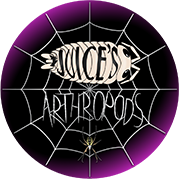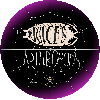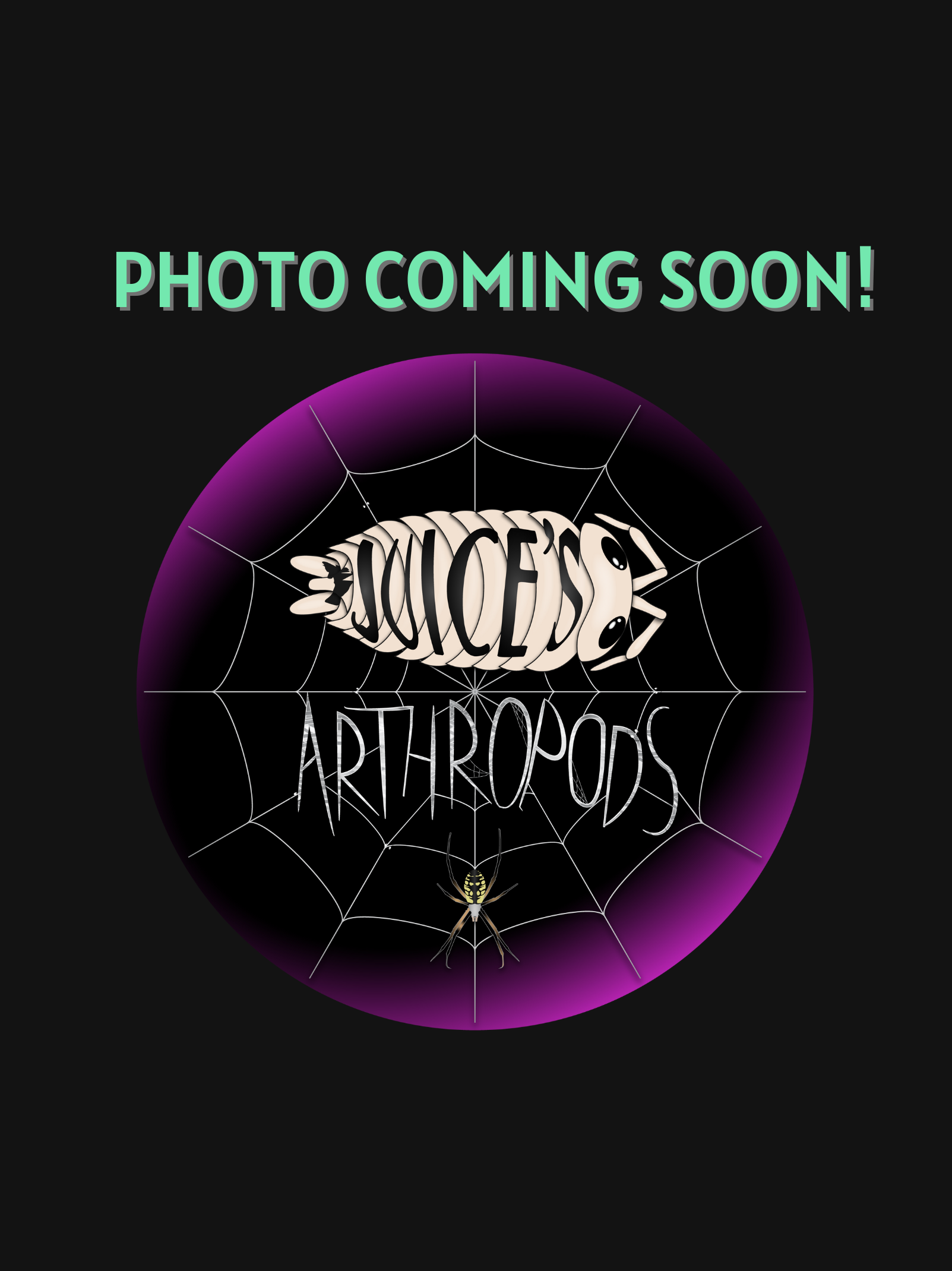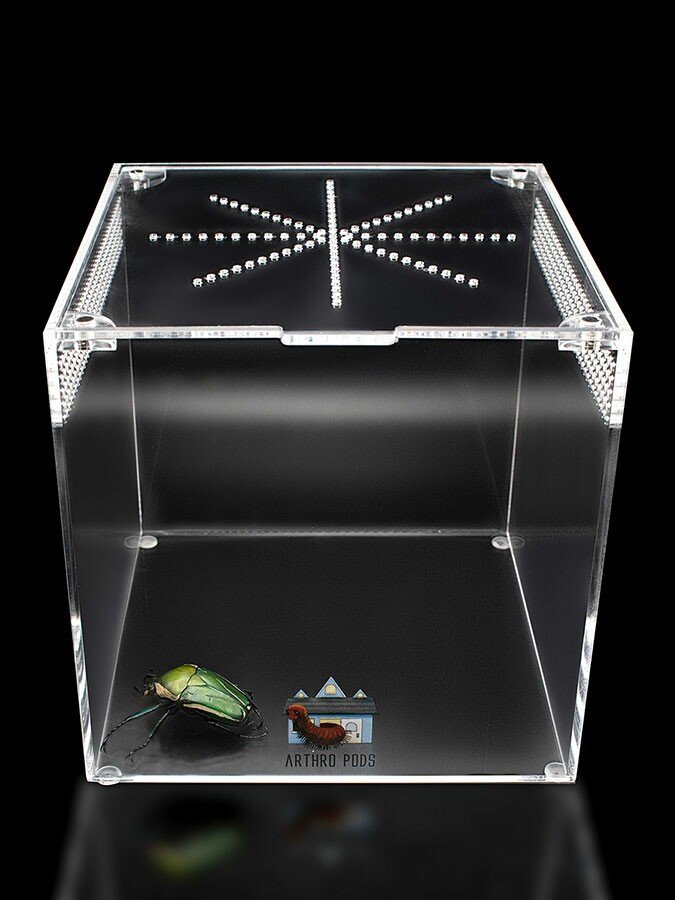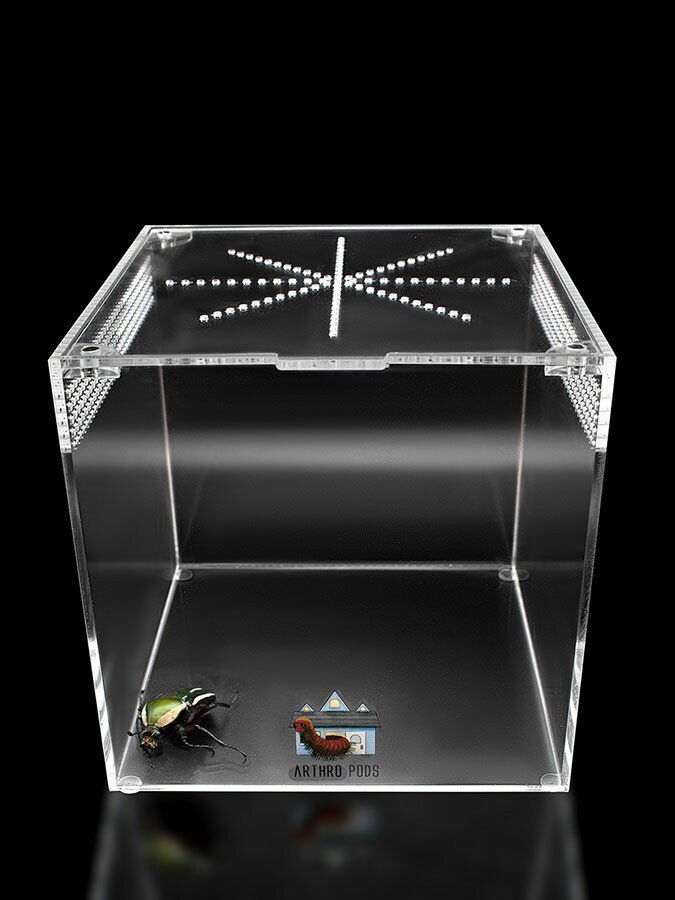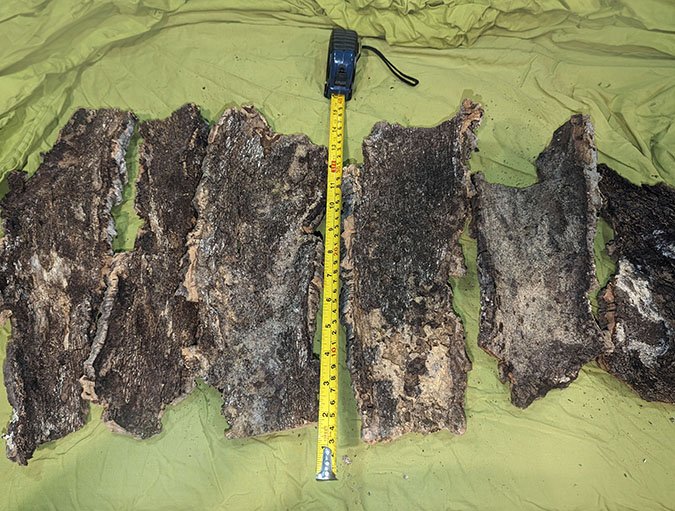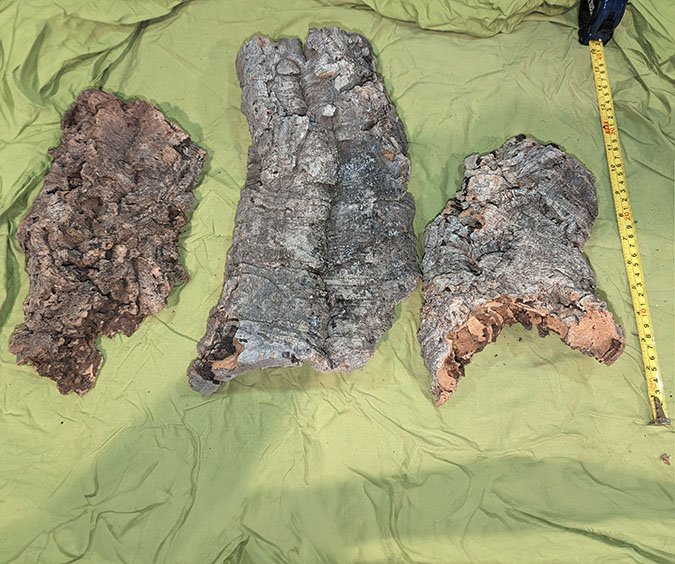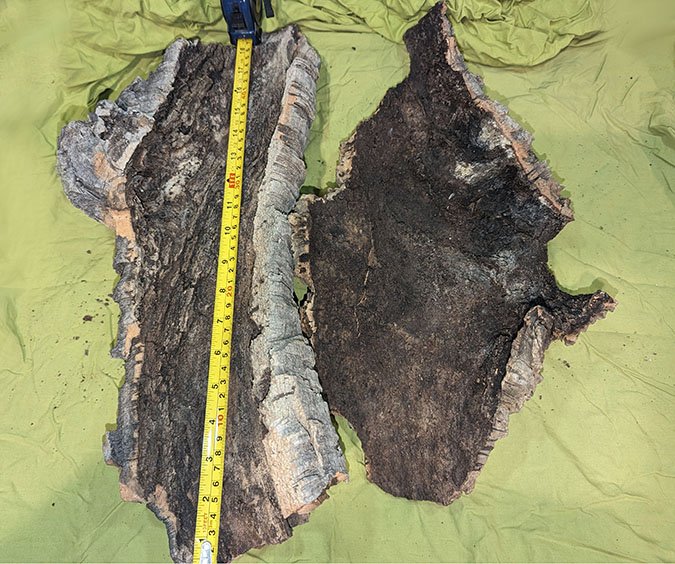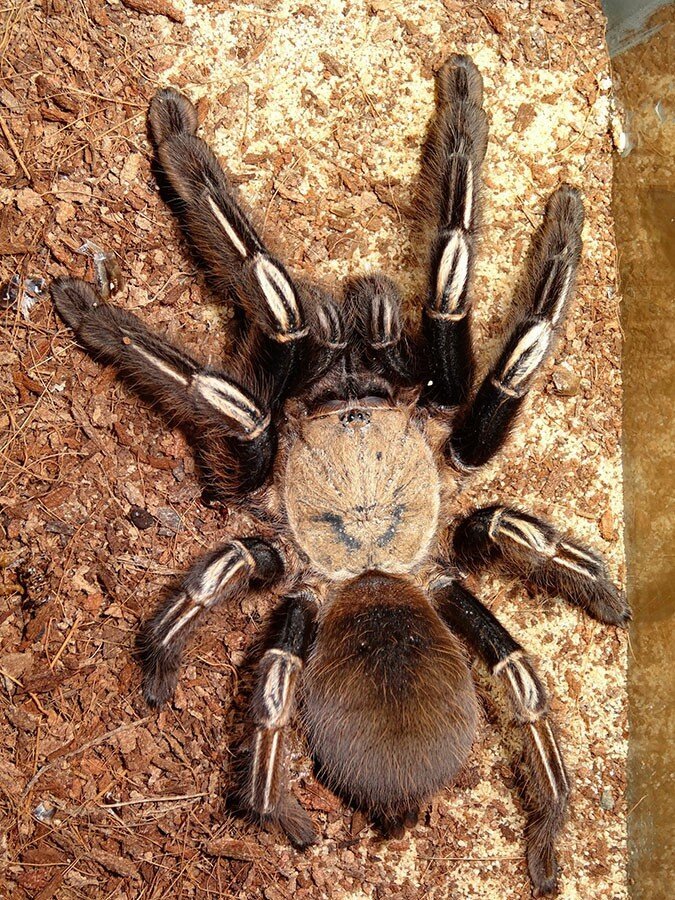Selenocosmia javanensis
Selenocosmia javanensis, commonly known as the Java Yellow-Knee Tarantula, is a large, robust fossorial tarantula native to the island of Java, Indonesia, and surrounding Southeast Asian regions. A member of the Selenocosmia genus, this species is known for its bold yellow banding on the patella and tibia (knee joints), contrasting vividly against its dark brown to black body, giving it a fierce, almost tiger-like appearance.
This is a deep-burrowing Old World tarantula, spending most of its life hidden underground in silk-lined tunnels, emerging primarily to ambush prey or during nighttime activity. It exhibits a classic Old World defensive temperament: highly reactive, extremely fast, and capable of delivering a medically significant bite if provoked. It lacks urticating hairs and relies on speed, threat postures, and potent venom as its primary defenses. As such, it is not suitable for handling and is best kept by experienced hobbyists who understand the behavior of high-strung fossorial species.
Selenocosmia javanensis, commonly known as the Java Yellow-Knee Tarantula, is a large, robust fossorial tarantula native to the island of Java, Indonesia, and surrounding Southeast Asian regions. A member of the Selenocosmia genus, this species is known for its bold yellow banding on the patella and tibia (knee joints), contrasting vividly against its dark brown to black body, giving it a fierce, almost tiger-like appearance.
This is a deep-burrowing Old World tarantula, spending most of its life hidden underground in silk-lined tunnels, emerging primarily to ambush prey or during nighttime activity. It exhibits a classic Old World defensive temperament: highly reactive, extremely fast, and capable of delivering a medically significant bite if provoked. It lacks urticating hairs and relies on speed, threat postures, and potent venom as its primary defenses. As such, it is not suitable for handling and is best kept by experienced hobbyists who understand the behavior of high-strung fossorial species.
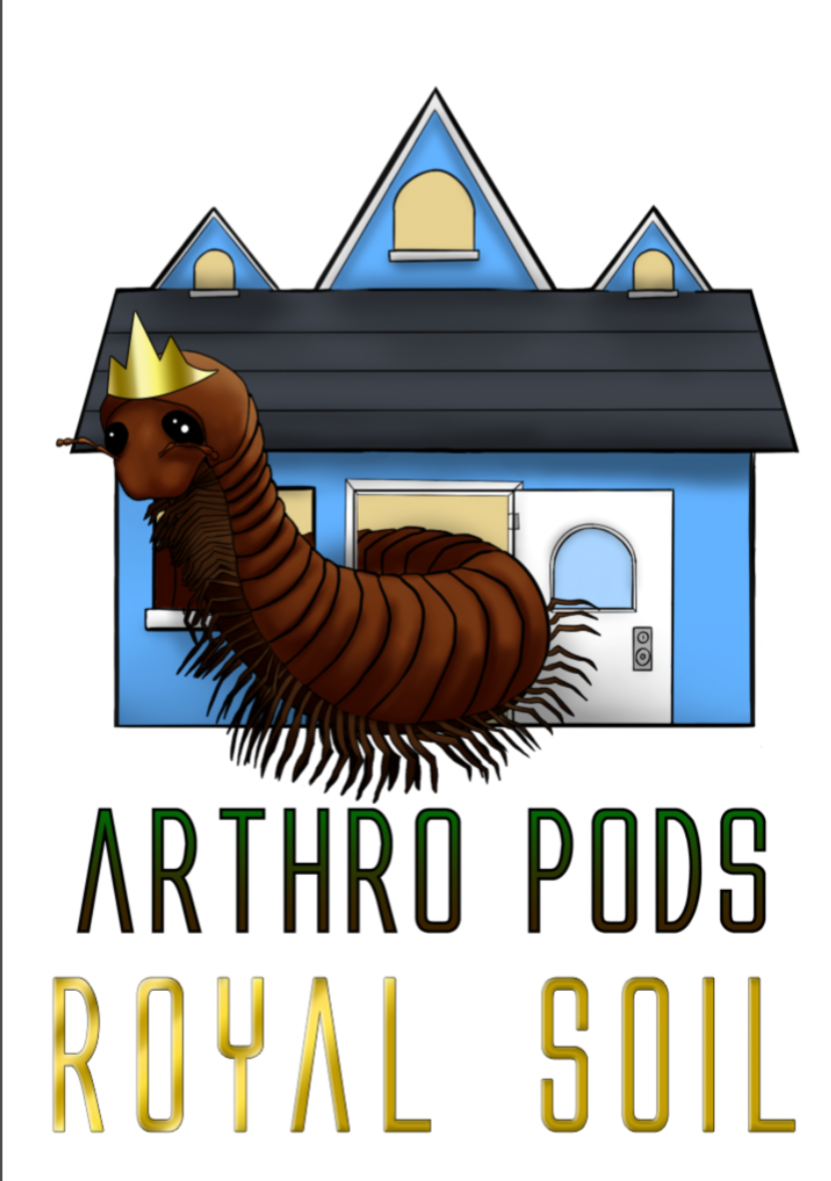

Selenocosmia javanensis, commonly known as the Java Yellow-Knee Tarantula, is a large, robust fossorial tarantula native to the island of Java, Indonesia, and surrounding Southeast Asian regions. A member of the Selenocosmia genus, this species is known for its bold yellow banding on the patella and tibia (knee joints), contrasting vividly against its dark brown to black body, giving it a fierce, almost tiger-like appearance.
This is a deep-burrowing Old World tarantula, spending most of its life hidden underground in silk-lined tunnels, emerging primarily to ambush prey or during nighttime activity. It exhibits a classic Old World defensive temperament: highly reactive, extremely fast, and capable of delivering a medically significant bite if provoked. It lacks urticating hairs and relies on speed, threat postures, and potent venom as its primary defenses. As such, it is not suitable for handling and is best kept by experienced hobbyists who understand the behavior of high-strung fossorial species.
What's the ideal diet for a Java Yellow-Knee Tarantula?
All Tarantulas can eat a variety of feeders. Stick to crickets, dubia roaches, silkworms, horned worms occasionally, and a superworm or mealworm as the occasional treat!
How should I keep a Java Yellow-Knee Tarantula?
You can start with the Fossorial Fissure Small enclosure for this particular creature. When they are about ⅓ the size, you will want to go to the Fossorial Fissure Medium or Fossorial Fissure Large enclosure. Feed them as slings once a week, twice if their opisthosoma (abdomen) looks small, but if the opisthosoma is wider than their prosoma (pneumothorax), then wait a couple of days to feed. For juveniles or adults, stick to feeding once a week, nothing larger than their opisthosoma. Make sure to keep a full water dish at all times; wider and deeper is preferred.
How long could a Java Yellow-Knee Tarantula live?
Females are believed to live upwards of 15+ years, and males not exceeding around 4 years of age. All estimates are based on multiple sources.
